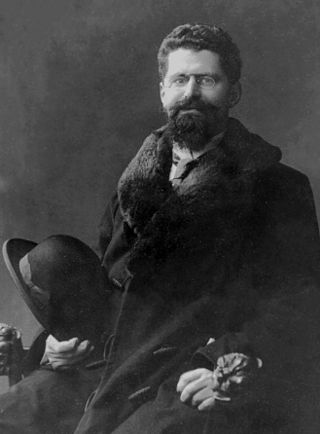
Francesco Severi was an Italian mathematician. He was the chair of the committee on Fields Medal on 1936, at the first delivery.
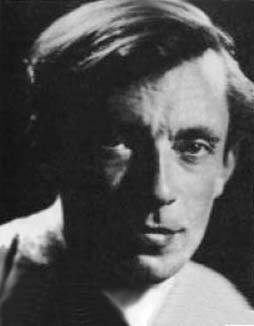
Renato Caccioppoli was an Italian mathematician, known for his contributions to mathematical analysis, including the theory of functions of several complex variables, functional analysis, measure theory.

Luigi Fantappiè was an Italian mathematician, known for work in mathematical analysis and for creating the theory of analytic functionals: he was a student and follower of Vito Volterra. Later in life, he proposed scientific theories of sweeping scope.
Giuseppe Arcidiacono (1927–1998) was an Italian physicist, born in Acireale. He earned his degree in physics at the University of Catania in 1951.

Gaetano Fichera was an Italian mathematician, working in mathematical analysis, linear elasticity, partial differential equations and several complex variables. He was born in Acireale, and died in Rome.
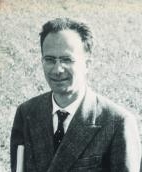
Guido Zappa was an Italian mathematician and a noted group theorist: his other main research interests were geometry and also the history of mathematics. Zappa was particularly known for some examples of algebraic curves that strongly influenced the ideas of Francesco Severi.

Enzo Martinelli was an Italian mathematician, working in the theory of functions of several complex variables: he is best known for his work on the theory of integral representations for holomorphic functions of several variables, notably for discovering the Bochner–Martinelli formula in 1938, and for his work in the theory of multi-dimensional residues.

Giovanni Battista Rizza, officially known as Giambattista Rizza, was an Italian mathematician, working in the fields of complex analysis of several variables and in differential geometry: he is known for his contribution to hypercomplex analysis, notably for extending Cauchy's integral theorem and Cauchy's integral formula to complex functions of a hypercomplex variable, the theory of pluriharmonic functions and for the introduction of the now called Rizza manifolds.
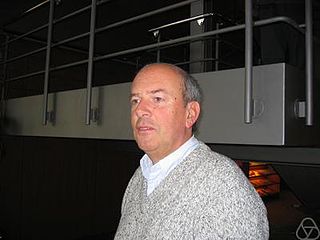
Corrado de Concini is an Italian mathematician and professor at the Sapienza University of Rome. He studies algebraic geometry, quantum groups, invariant theory, and mathematical physics.

Alessandro Figà Talamanca was an Italian mathematician who had been given several prestigious tasks, both in Italy and abroad. Several times, he took part in managing the Italian University system and shared his opinions in newspapers, such as La Repubblica. He was a close friend of Carlo Pucci, a mathematician who spent most of his energy in improving the method of teaching maths in Italy, and the management of Italian Maths Departments. From 1995 to 2003, Figà Talamanca, successor to Pucci, was President of the Istituto, and he continued what Pucci had set up. He was also Vice-President of the European Mathematical Society.
Federico Cafiero was an Italian mathematician known for his contributions in real analysis, measure and integration theory, and in the theory of ordinary differential equations. In particular, generalizing the Vitali convergence theorem, the Fichera convergence theorem and previous results of Vladimir Mikhailovich Dubrovskii, he proved a necessary and sufficient condition for the passage to the limit under the sign of integral: this result is, in some sense, definitive. In the field of ordinary differential equations, he studied existence and uniqueness problems under very general hypotheses for the left member of the given first order equation, developing an important approximation method and proving a fundamental uniqueness theorem.
Dionigi Galletto was an Italian mathematician and academician.

Paolo Marcellini is an Italian mathematician who deals with mathematical analysis. He was a full professor at the University of Florence, actually Professor Emeritus, who works on partial differential equations, calculus of variations and related mathematics. He was the Director of the Italian National Group GNAMPA of the Istituto Nazionale di Alta Matematica (INdAM) and Dean of the Faculty of Mathematical, Physical and Natural Sciences of the University of Florence.

Luigi Amerio, was an Italian electrical engineer and mathematician. He is known for his work on almost periodic functions, on Laplace transforms in one and several dimensions, and on the theory of elliptic partial differential equations.

Enrico Bompiani was an Italian mathematician, specializing in differential geometry.
Gianfranco Cimmino was an Italian mathematician, working mathematical analysis, numerical analysis, and theory of elliptic partial differential equations: he is known for being the first mathematician generalizing in a weak sense the notion of boundary value in a boundary value problem, and for doing an influential work in numerical analysis.
The Rendiconti di Matematica e delle sue Applicazioni is an open access peer-reviewed mathematics journal, jointly published by the "Guido Castelnuovo" Department of Mathematics of the Sapienza University of Rome and by the Istituto Nazionale di Alta Matematica Francesco Severi, established in 1913. The Journal started his publications a year after, in 1914, and his first director was Vito Volterra.
The Istituto per le Applicazioni del Calcolo Mauro Picone, abbreviated IAC, is an applied mathematics institute, part of the Consiglio Nazionale delle Ricerche. It was founded in 1927 as a private research institute by Mauro Picone, and as such it is considered the first applied and computational mathematics institute of such kind ever founded.

The Garden of Archimedes is a museum for mathematics in Florence, Italy. It was founded on March 26, 2004 and opened its doors to the public on April 14 of that year. The mission of the museum is to enhance public understanding and perception of mathematics, to bring mathematics out of the shadows and into the limelight. It has been compared to the National Museum of Mathematics in New York City, the only museum in North America devoted to mathematics.
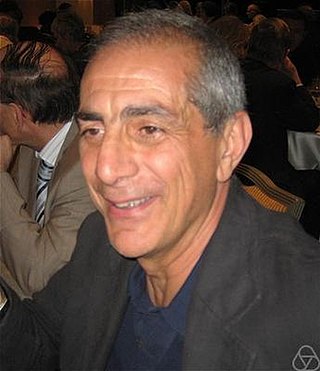
Ciro Ciliberto is an Italian mathematician.














